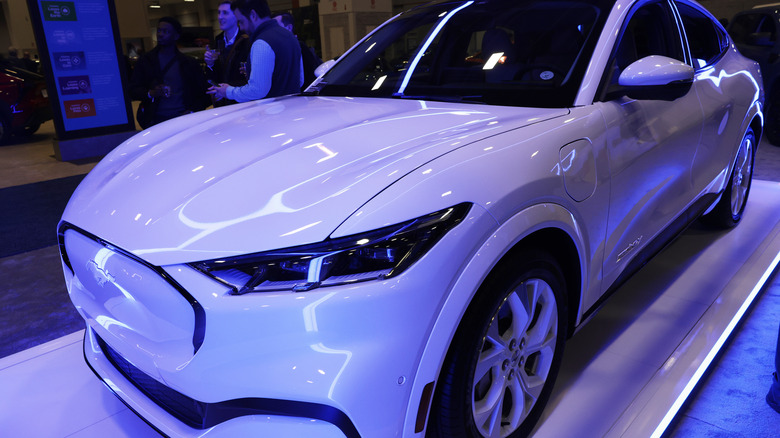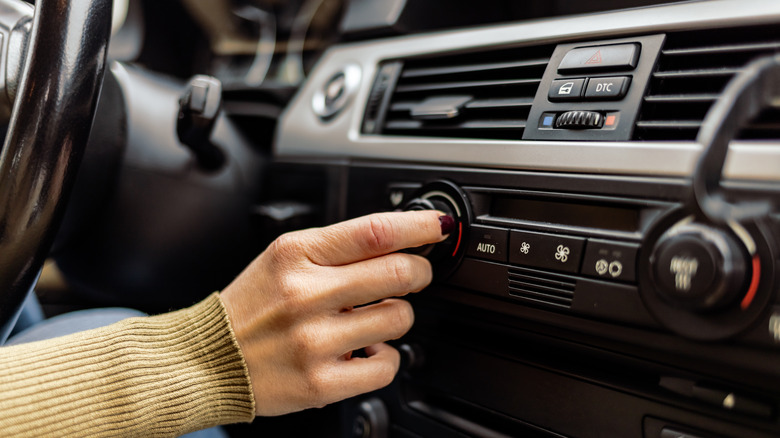Ford Retunes Its AM Radio Decision After Massive Backlash
After previously removing AM radio from its 2023 line of electric vehicles, Ford announced today that it will restore the capability as well as include it in its 2024 line of Ford and Lincoln EVs. Until today, it looked like the century-old technology was beginning to be phased out of the auto industry. However, with Ford's announcement, as well as a potential new Congressional law, it looks like AM is here to stay.
The change of heart from Ford comes after both backlash from supporters of the antiquated format as well as from "speaking with policy leaders about the importance of AM broadcast radio as a part of the emergency alert system," according to a tweet from Jim Farley, the CEO of Ford Motor Company. Ford had discontinued AM radio from its 2023 Mustang Mach-E and F-150 Lightning and had not planned on including it in upcoming Ford and Lincoln EV models. This decision was made for a few reasons.
According to Ford spokesperson Alan Hall, fewer than 5% of Ford drivers used the technology, presumably preferring satellite radio, streaming, or — if they did listen to terrestrial radio – FM radio stations. Considering this, it would save the company money to not include AM capabilities at all. Additionally, Ford claims the medium-wave radio transmissions that AM employs could cause interference with electric vehicles' systems. With Ford restoring AM radio to 2023 models via a software update and its plan to continue incorporating it into newer cars, it's not yet clear how the manufacturer will reconcile any possible interference issues.
Why AM radio is still important
Chevrolet first introduced radios to automobiles over 100 years ago in 1922, with car radios becoming mainstream in 1930 with the Motorola 5T71. While AM radio has less range and more noise than the more popular FM format, it still has its fair share of aficionados, including those who listen while driving. While some of the backlash over removing AM radio capabilities comes from these old-school enthusiasts and the various local stations that still use it, there are more serious implications to consider.
Ford drivers could stream AM radio, but the broadcast technology, like FM radio, doesn't require a paid subscription and is a way for anyone — including low-income drivers – to receive news and entertainment as long as they have a receiver. However, it's AM radio's role in communicating information during public emergencies that is ultimately keeping it inside Ford vehicles. With quickly unfolding natural disasters like floods and wildfires occurring more and more frequently in and near populated areas, the ability of local governments and institutions like FEMA to broadcast alerts to as many people in as many ways as possible is more vital than ever.
That's precisely why, in a rare show of bipartisan support, senators and House representatives from both parties introduced the AM for Every Vehicle Act to Congress last week. The bill requires new cars to maintain the ability to receive AM transmissions without any extra surcharges, allowing drivers unfettered access to emergency broadcasts. The government intervention will keep motorists safer and is icing on the cake for fans of local jazz, talk radio, and other "AM Gold" stations.

